Jan 9, 2017
As Apple's iPhone turns 10, here's a look back at how the device has evolved
, BNN Bloomberg
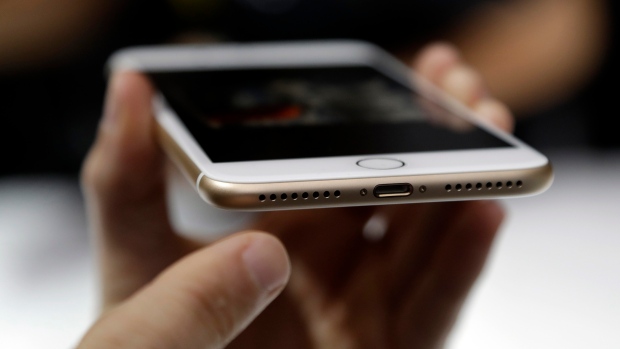
The world saw the first iPhone 10 years ago today.
Steve Jobs, the late Apple CEO and co-founder, unveiled it in 2007 at San Francisco’s MacWorld conference.
In a keynote presentation, Jobs described the iPhone as a combination of an iPod, a phone and an Internet communicator.
Ten years later, Apple has sold more than one billion iPhones worldwide -- a milestone the company's current CEO Tim Cook revealed in July 2016.
The company continues to rely on iPhone sales for its revenue. The iPhone is responsible for nearly two-thirds of Apple’s total sales. Here’s a look of the iPhone’s progress over the years:
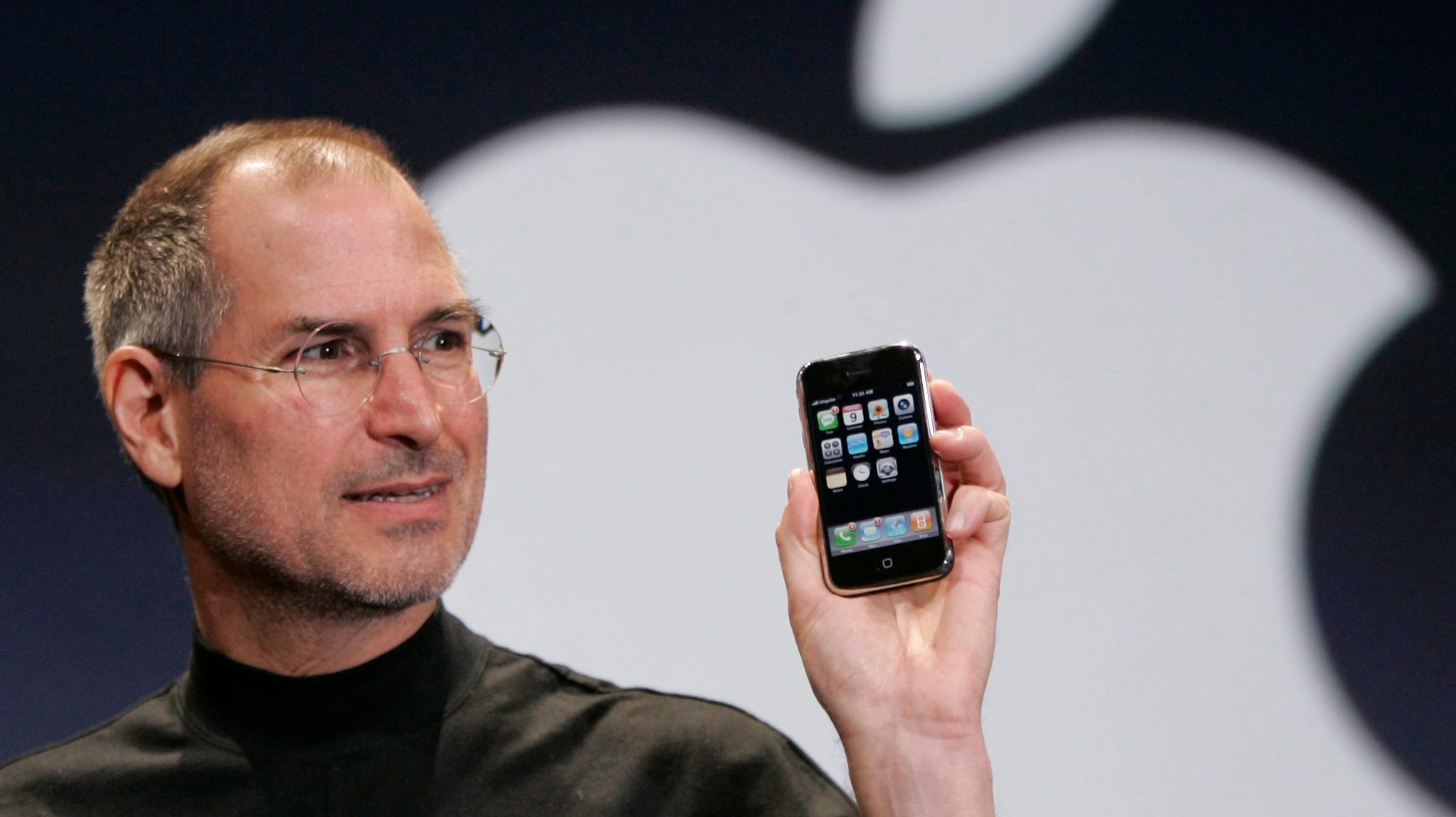
2007: The first iPhone
The original iPhone shocked the world with its lack of buttons. The iPhone was the first phone with a completely touch-sensitive screen. With 3.5 inches of display space, the iPhone was the first of its kind to integrate music, a camera and the internet in a phone. The 4GB model sold for $499 and the 8GB model sold $599.
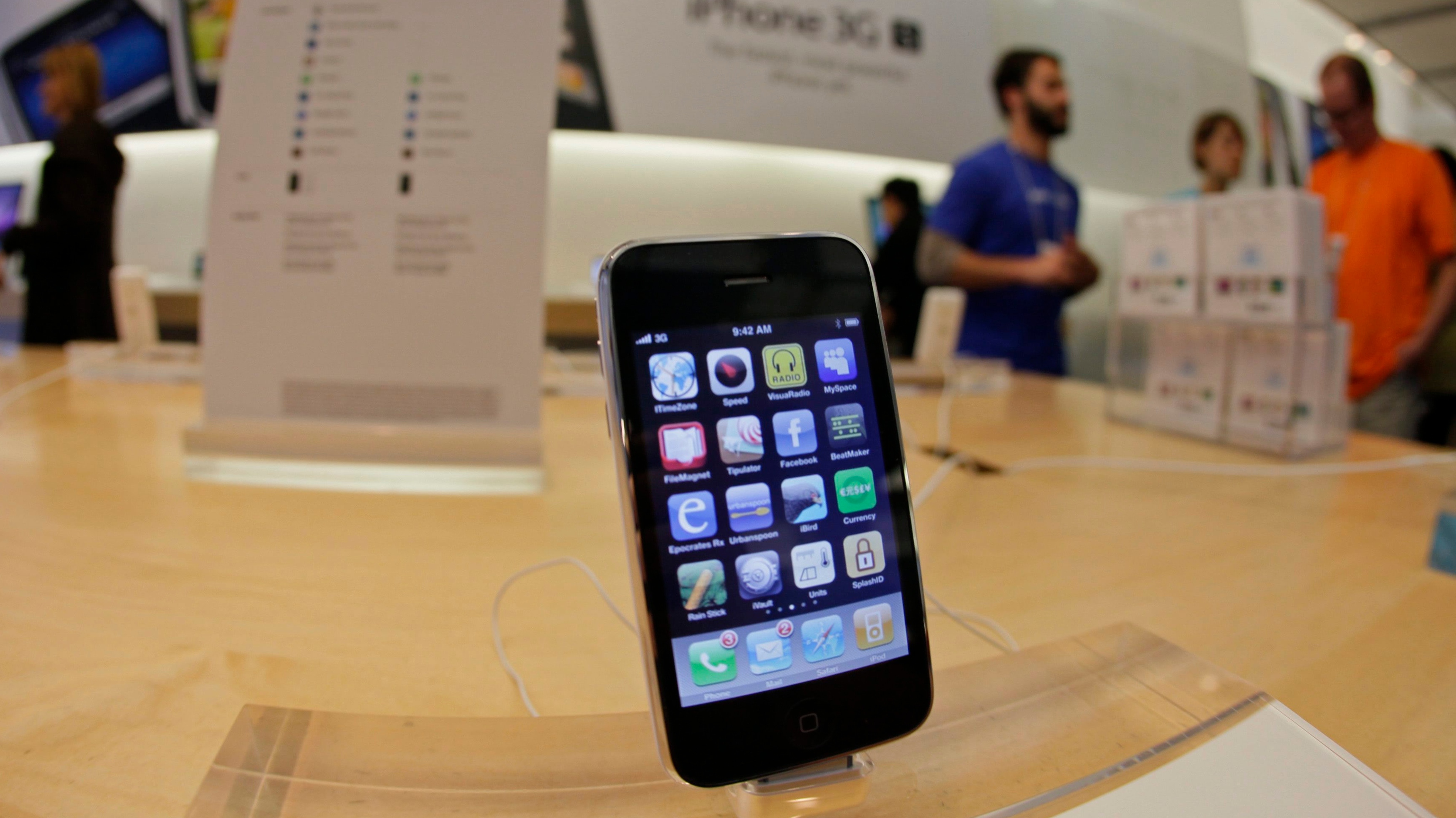
2008-2009: iPhone 3G and iPhone 3Gs
The iPhone 3G launched in 2008 as the first model to have a GPS built into the device. Apple axed the 4GB storage option and only sold larger storage space of 8GB,16GB and 32GB. The iPhone 3Gs was unveiled a year later, in 2009. This was the first time a new colour option of silver was available, and was the first iPhone to have video recording.

2010-2011: iPhone 4 and iPhone 4s
Jobs described the iPhone 4 as the most beautiful product Apple has ever released. Apple changed its iPhone design to a glass front and back with a flat, square interior. The iPhone 4 was most iconic for its front-facing camera, which came with the FaceTime app. The iPhone 4s was launched on Oct. 4, 2011 and on Oct. 5, 2011, Steve Jobs died. This was the first time an iPhone was introduced by Apple CEO Tim Cook. Apple’s voice-assistant, Siri, was introduced through the iPhone 4s and came with the largest storage space of 64GB.
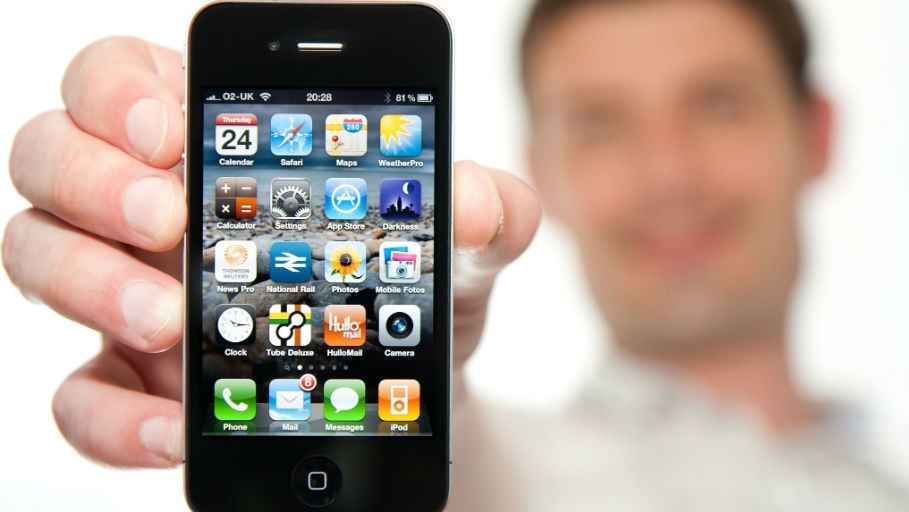
2012: iPhone 5
The iPhone 5 had a big change, literally. The iPhone size increased, from 3.5 inches to 4 inches, creating room for another row of apps. Despite the size increase, the iPhone 5 was thinner and lighter. While the phone got bigger, the charging portal got smaller. The iPhone 5 was the first phone to use the lightning connector, Apple’s latest charger.
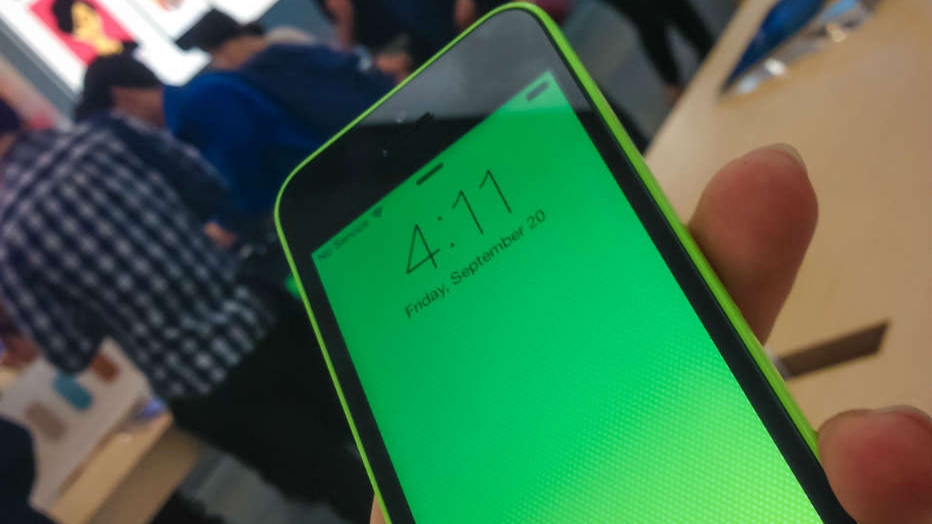
2013: iPhone 5s and iPhone 5c
Touch ID, the ability to use a fingerprint to access information and unlock an iPhone, began with the iPhone 5s. Apple redesigned the iconic home button for the first time and the colour gold was added to the spectrum of iPhone colours. The iPhone 5c line had even more colour options of blue, green, yellow, pink and white. The iPhone 5c was designed as Apple’s ‘affordable phone’ to compete with Android.
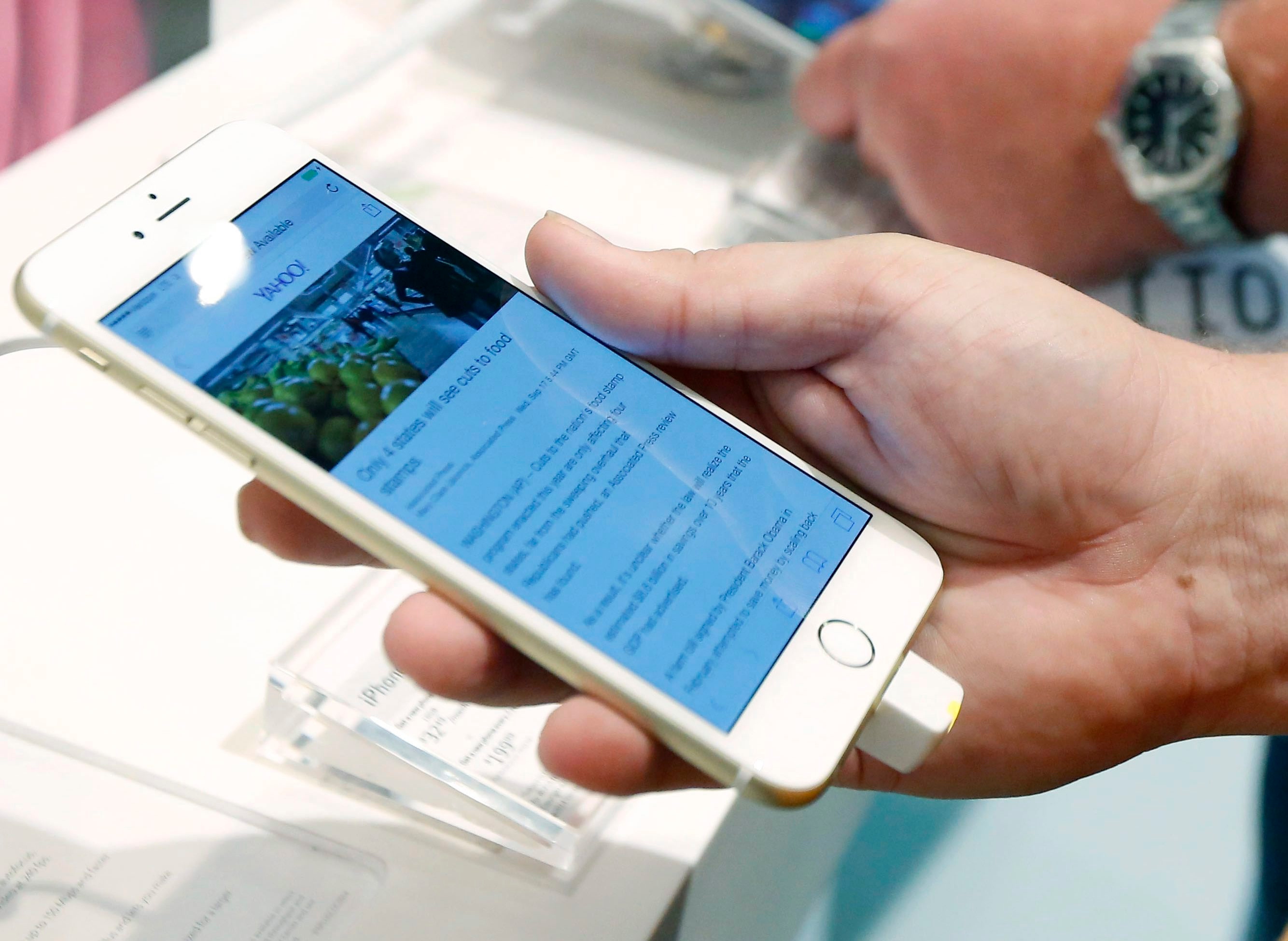
2014: iPhone 6 and iPhone 6 Plus
To compete with Samsung, Apple continues to make the iPhone bigger. The iPhone 6 display is 4.7 inches and the iPhone 6 Plus screen is 5.5 inches—the largest iPhone yet. Both phones have an all-aluminum design and the power button has moved from the top, to the side.
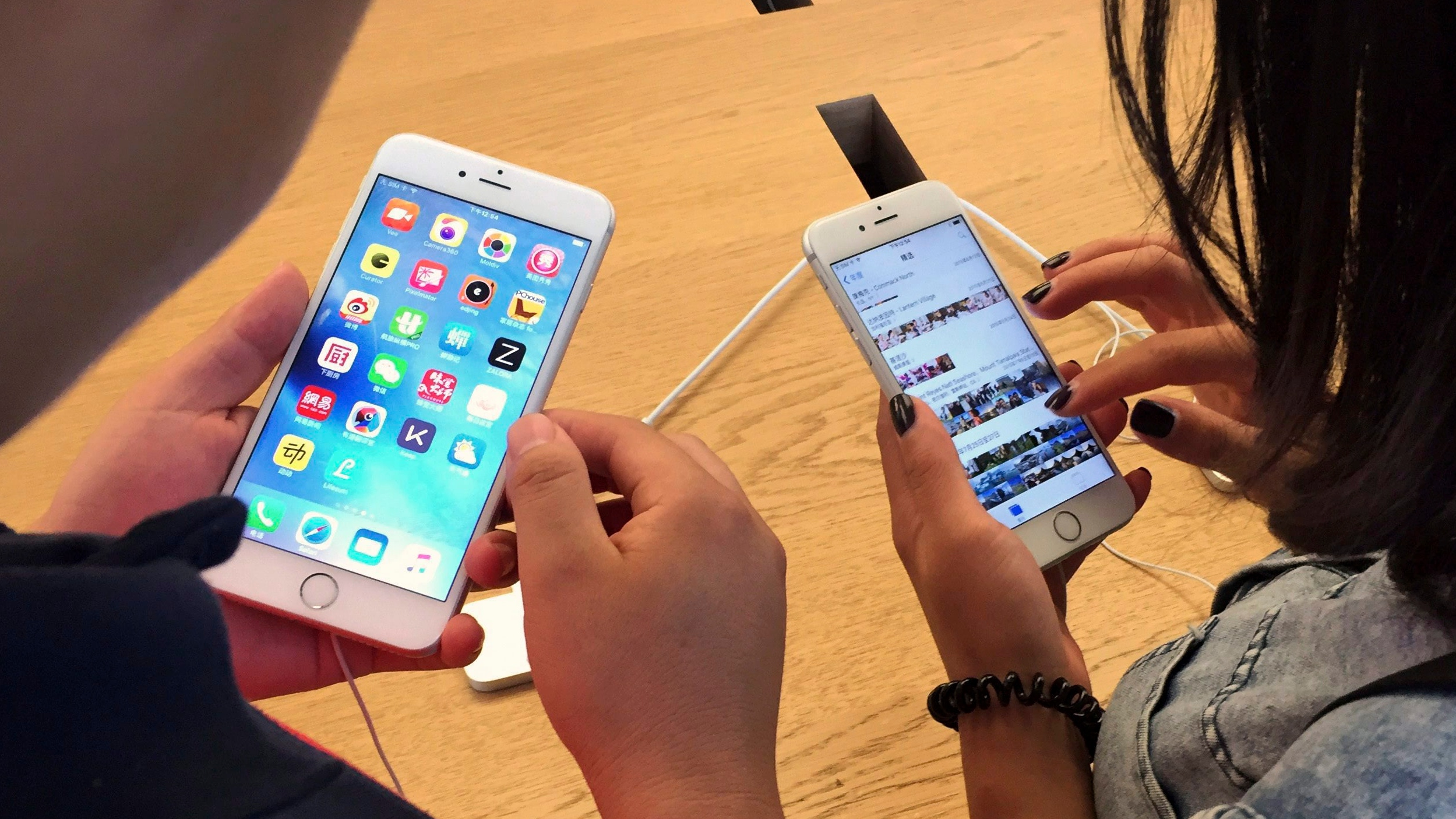
2015: iPhone 6s and 6s Plus
In September, the iPhone 6s and 6s Plus launch. The latest iPhone feature is 3D Touch, making the touch screen pressure-sensitive. The iPhone 6s and 6s Plus come in the new colour of rose gold.
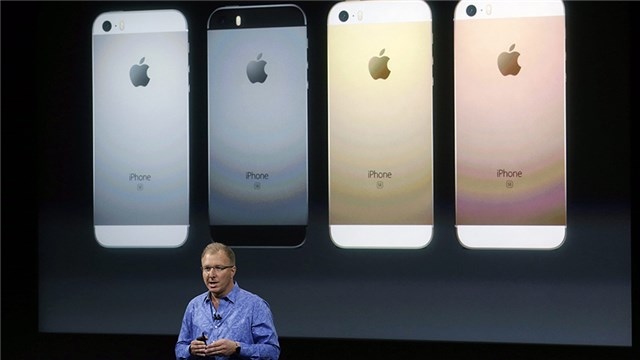
March 2016: iPhone SE
The iPhone SE is the first time Apple makes their phone smaller in size. The iPhone SE is 4 inches, looking a lot like the iPhone 5. The phone may look like the iPhone 5, but has many features of the iPhone 6s. Apple designed the SE as the cheaper and smaller alternative to the iPhone 6.
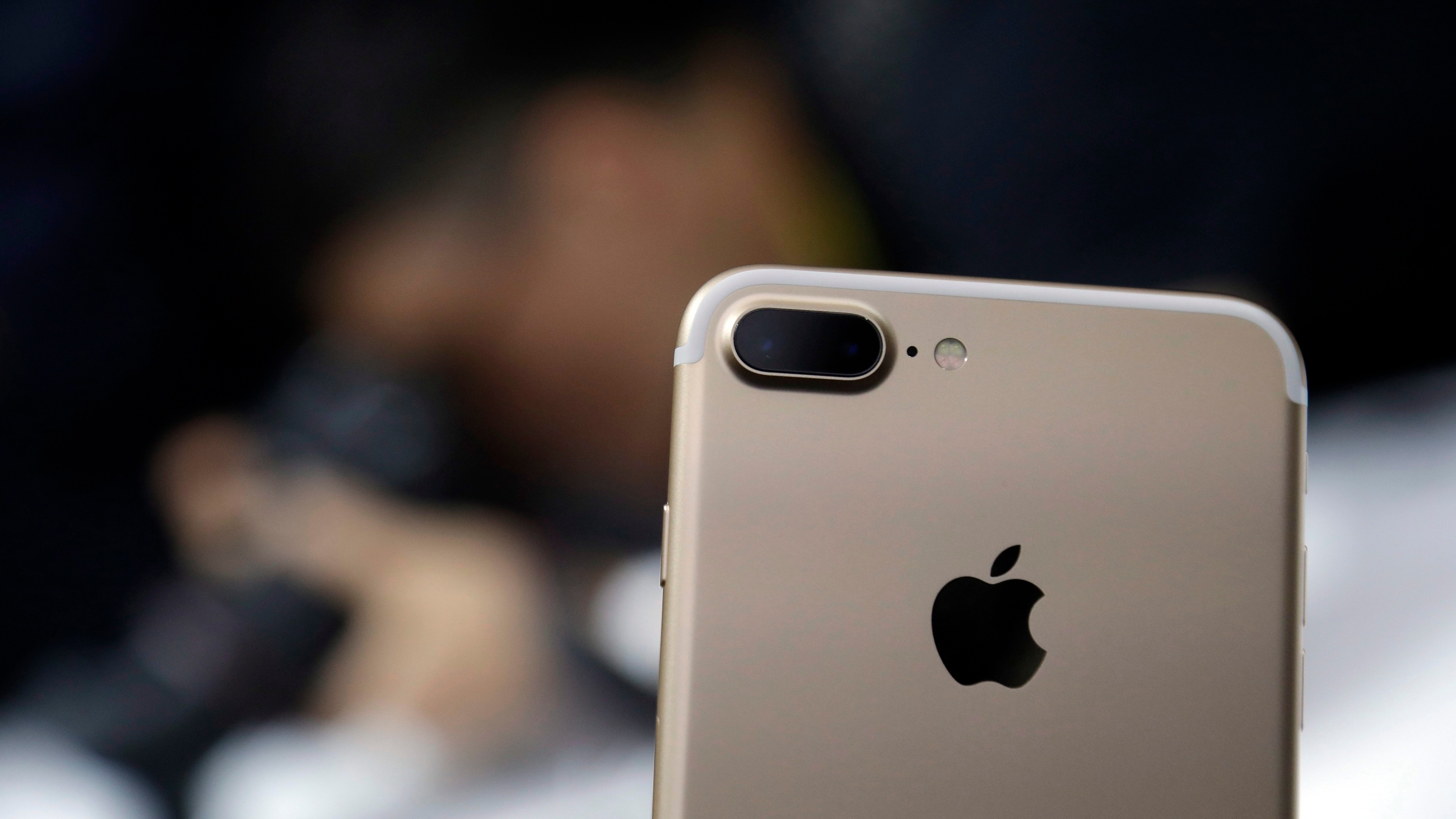
September 2016: iPhone 7 and iPhone 7 Plus
Apple’s major move was axing the headphone jack to make wave for wireless Bluetooth headphones. The iPhone 7 and iPhone 7 Plus is the first series of Apple phones to not have a headphone jack and be officially water and dust resistant. As well, a jet black and matte colour variant were added to the Apple colour spectrum.





